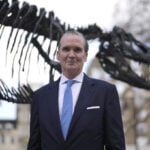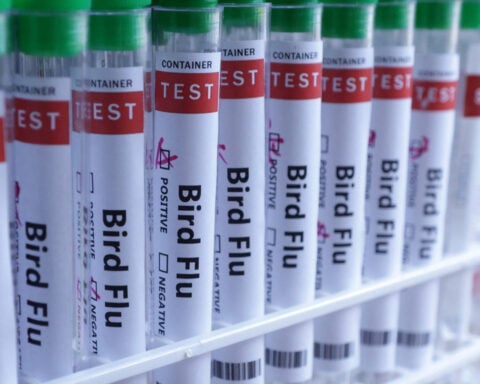The vaccine-autism theory gained traction following a now-discredited study of 12 children published in The Lancet medical journal in 1998 by Andrew Wakefield. Multiple large-scale studies, including one encompassing Denmark's entire child population, found no connection between vaccines and autism, regardless of vaccine type, ingredients, or scheduling. The Lancet retracted Wakefield's article, and he lost his medical license.
Social and institutional changes have played a significant role in increasing autism identification. Before the 1980s, many individuals with autism were institutionalized, limiting public awareness of the condition's characteristics. According to the U.S. Department of Education, the introduction of special education services for children with autism diagnoses in 1991 provided families with incentives to seek evaluation.
Following the American Academy of Pediatrics' 2007 recommendation for universal autism screening at 18 and 24 months, detection rates increased significantly. Recent data from the CDC shows the traditional gender gap in autism diagnosis is narrowing, as girls who previously might have masked their symptoms due to social pressures are being identified.
Between 2011 and 2022, diagnoses among Hispanic, Black, and Asian children showed substantial increases compared to white children, according to CDC surveillance data. The largest relative increases occurred among adults aged 26 to 34, suggesting many individuals are receiving first-time diagnoses later in life.
Baron-Cohen highlights social media's role in the rising diagnosis rates, noting platforms like Reddit have created spaces where individuals can discuss autism symptoms and experiences. These online communities have fostered "a new sense of belonging and identity" for people questioning whether they or their children might be autistic.
Autism spectrum disorder encompasses a wide range of presentations, from mild social communication challenges to severe cases where individuals are nonverbal. The National Institute of Mental Health notes that no blood test or brain scan exists for autism diagnosis; instead, clinicians rely on behavioral observations for identification.
A mildly autistic child might struggle with social cues, while a child with severe autism could be nonverbal. This wide variation in symptoms, combined with the lack of definitive medical tests, has contributed to the complexity of understanding and diagnosing the condition.
Lord emphasizes that while many questions remain about autism's rising prevalence, extensive research has consistently shown no link to childhood immunizations.
"Whatever it is," she said, "it's not vaccines."
As researchers investigate the various factors potentially contributing to increased autism rates, they maintain that no single cause explains the rise. The combination of broadened diagnostic criteria, increased awareness, improved access to diagnostic services, and possible environmental factors presents a complex picture that continues to evolve as new research emerges.

 Trump has begun another trade war. Here's a timeline of how we got here
Trump has begun another trade war. Here's a timeline of how we got here
 Canada's leader laments lost friendship with US in town that sheltered stranded Americans after 9/11
Canada's leader laments lost friendship with US in town that sheltered stranded Americans after 9/11
 Chinese EV giant BYD's fourth-quarter profit leaps 73%
Chinese EV giant BYD's fourth-quarter profit leaps 73%
 You're an American in another land? Prepare to talk about the why and how of Trump 2.0
You're an American in another land? Prepare to talk about the why and how of Trump 2.0
 Chalk talk: Star power, top teams and No. 5 seeds headline the women's March Madness Sweet 16
Chalk talk: Star power, top teams and No. 5 seeds headline the women's March Madness Sweet 16
 Purdue returns to Sweet 16 with 76-62 win over McNeese in March Madness
Purdue returns to Sweet 16 with 76-62 win over McNeese in March Madness








